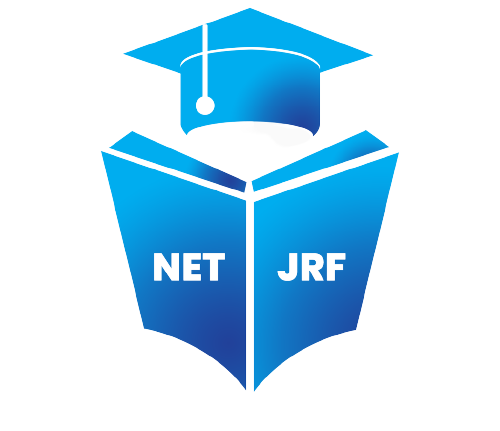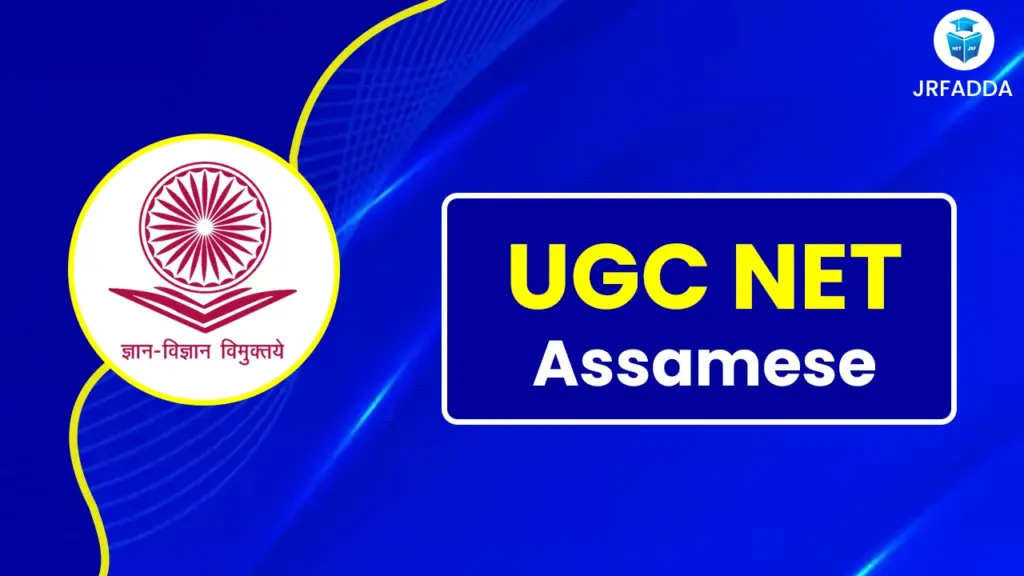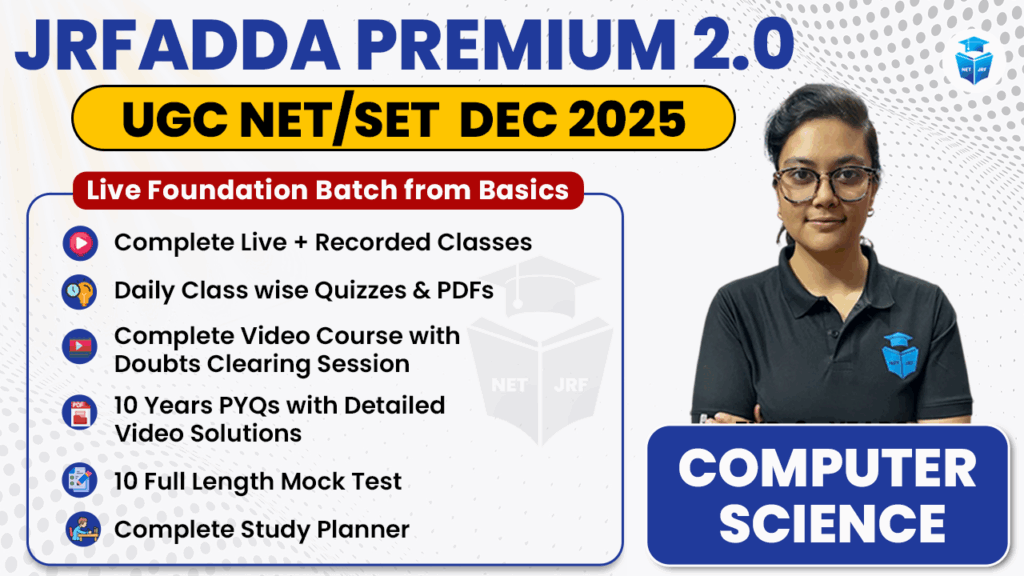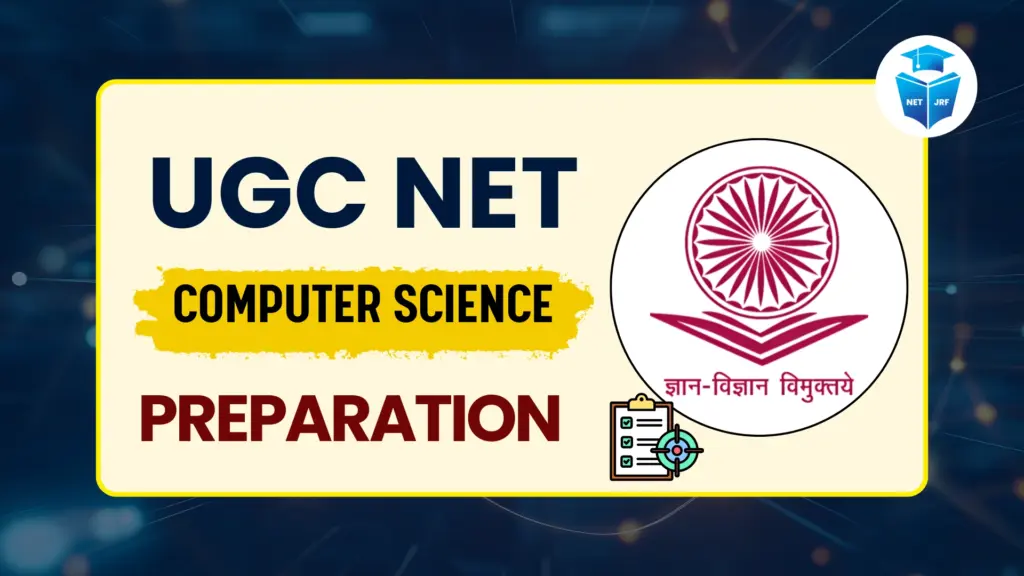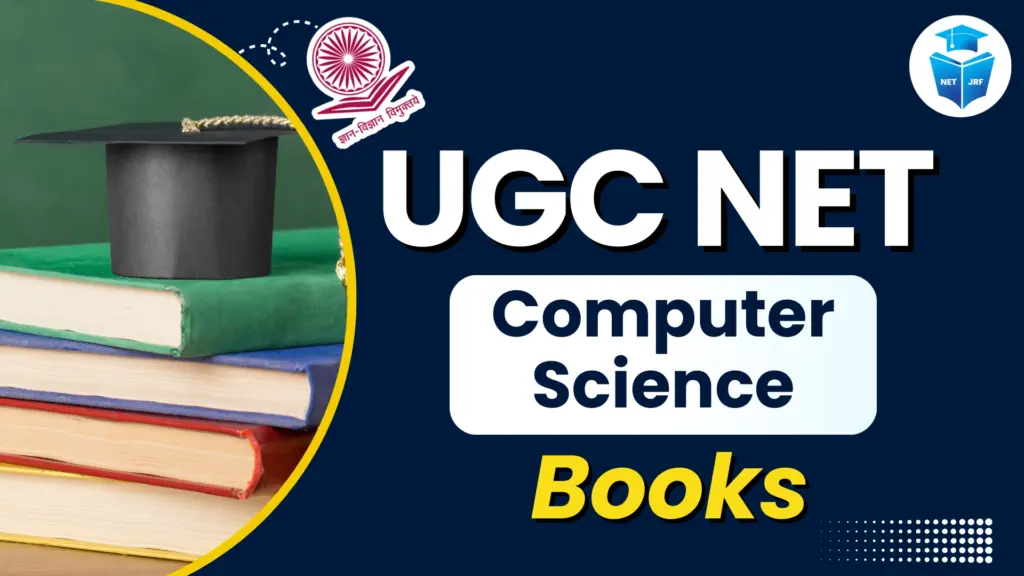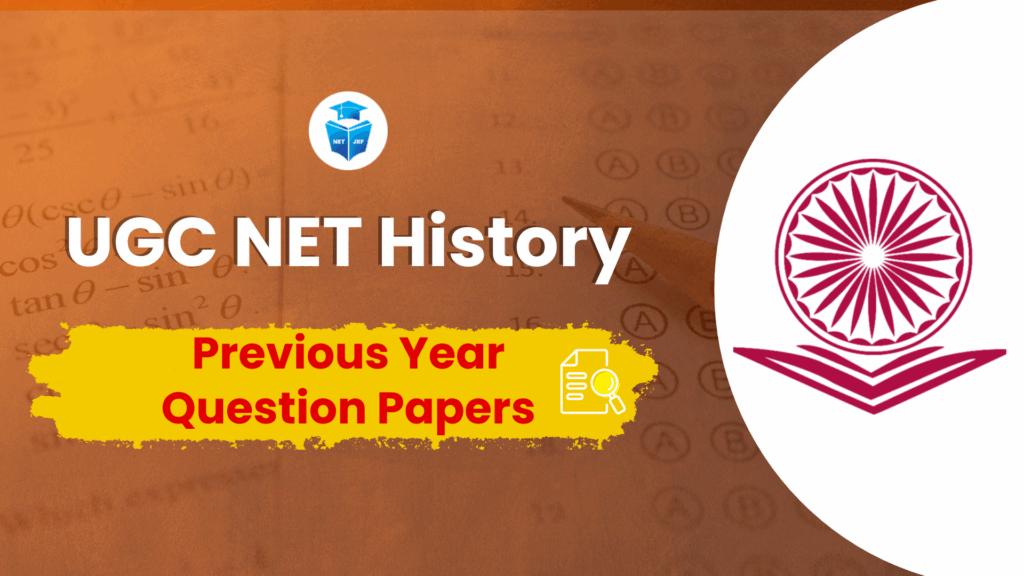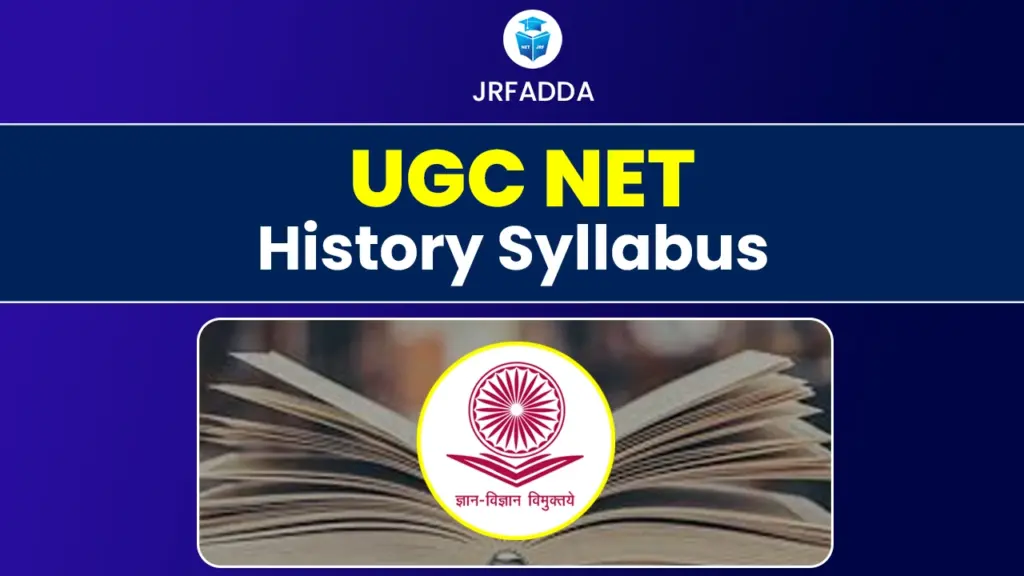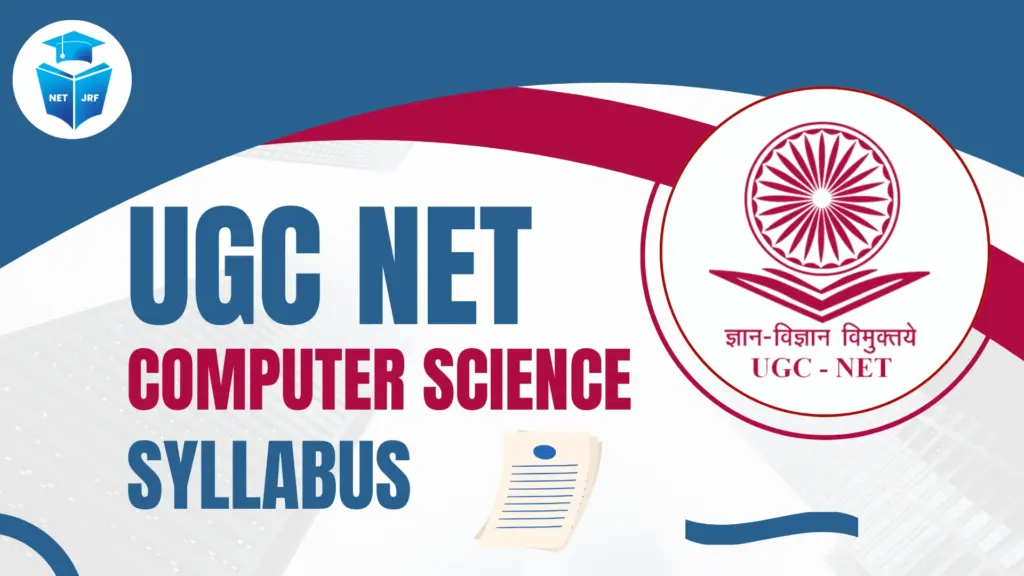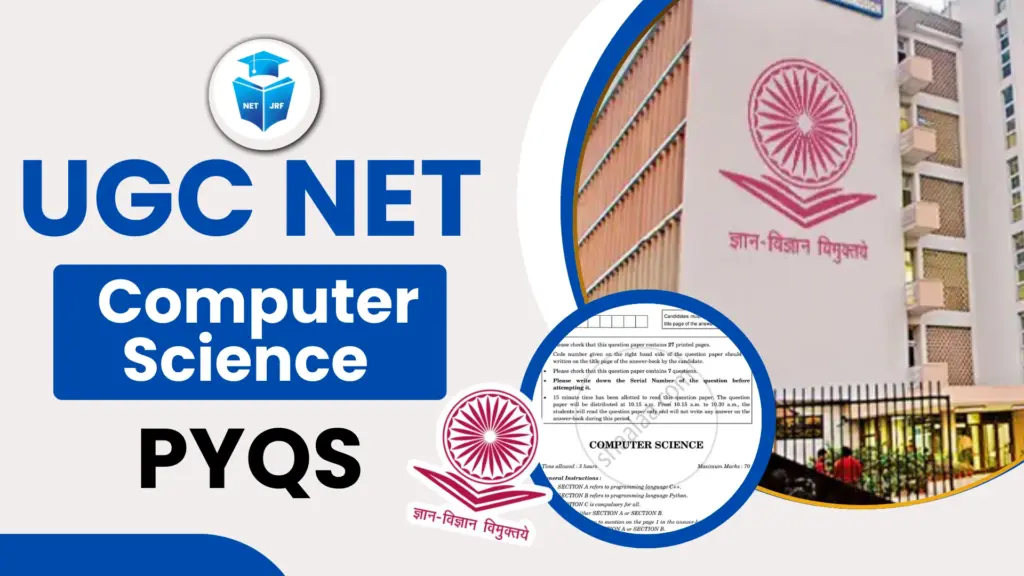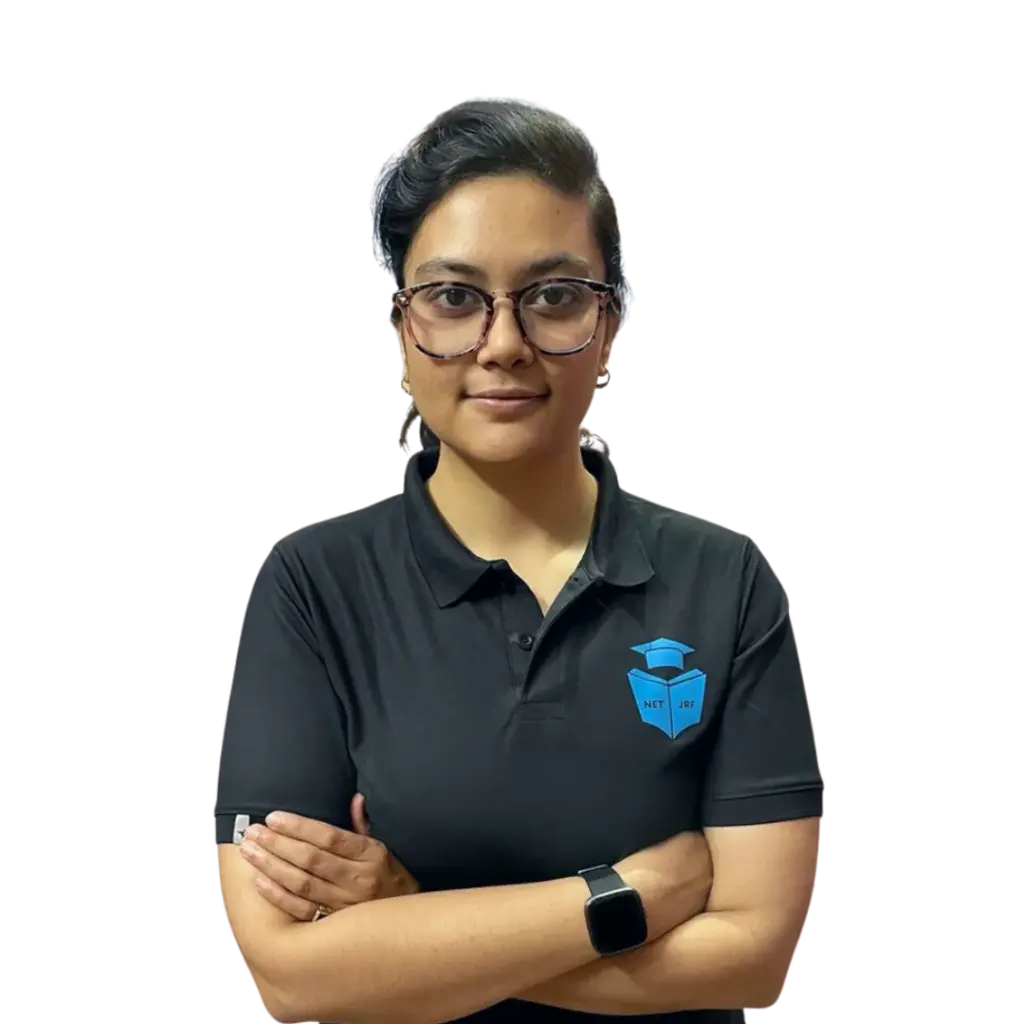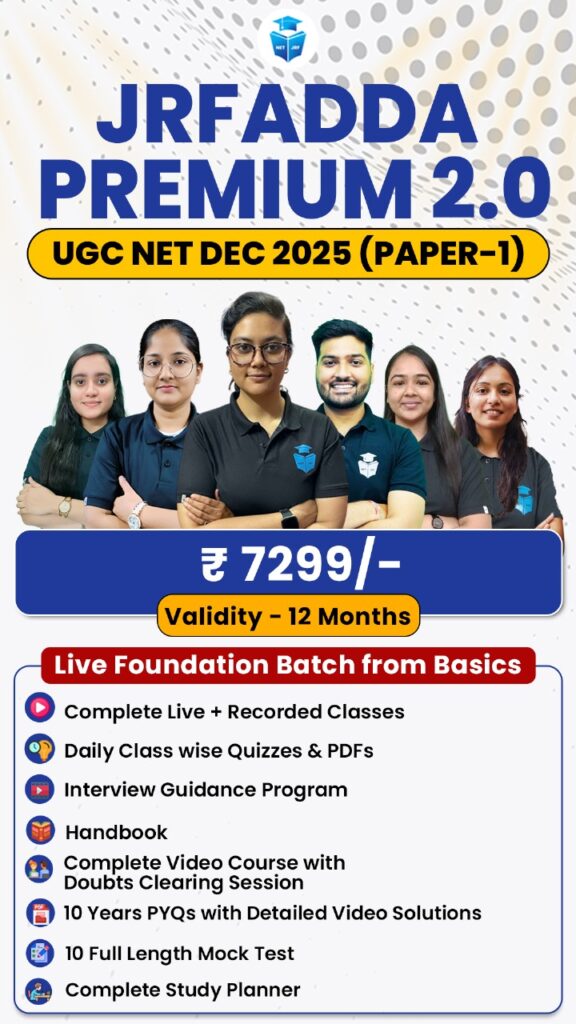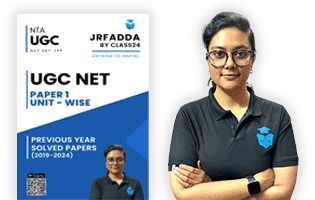The UGC NET Assamese 2025 examination is a golden opportunity for individuals aspiring to build a career in academia or research, specifically in the field of Assamese language and literature. Conducted by the National Testing Agency (NTA) in January 2026 on behalf of the University Grants Commission (UGC), this examination is a national-level eligibility test that qualifies candidates for Assistant Professor positions and the prestigious Junior Research Fellowship (JRF).
This comprehensive article aims to provide detailed information on the UGC NET Assamese 2025 exam, covering all essential aspects including eligibility, syllabus, exam pattern, previous year question papers, preparation strategies, and career scope. Whether you are a postgraduate student or a teaching aspirant, this guide is crafted to help you succeed in the upcoming UGC NET Assamese 2025.
What is UGC NET Assamese?
UGC NET Assamese 2025 is a subject-specific paper under the broader UGC NET framework, targeting candidates specializing in Assamese language, literature, and linguistics. Clearing this exam demonstrates a candidate’s academic proficiency and readiness for roles such as:
- Junior Research Fellow (JRF), eligible for UGC-funded research projects and doctoral studies.
- Assistant Professor, eligible to teach at universities and colleges across India.
This exam plays a crucial role in upholding the academic standards of higher education in Assamese studies and ensures that only qualified individuals advance to teaching and research positions.
Also Read: UGC NET Eligibility 2025
UGC NET Assamese 2025 Overview
The UGC NET Assamese 2025 exam, conducted by NTA on behalf of UGC, is a national-level test for candidates aspiring to qualify for Junior Research Fellowship (JRF) or Assistant Professorship in Assamese. The exam evaluates both general teaching/research aptitude and subject-specific expertise in Assamese language and literature.
| Feature | Details |
| Exam Conducting Body | National Testing Agency (NTA) |
| Exam Name | UGC NET Assamese 2025 |
| Mode of Examination | Computer-Based Test (CBT) |
| Number of Papers | Two (Paper I and Paper II) |
| Total Questions | 150 |
| Maximum Marks | 300 |
| Exam Duration | 3 hours (combined) |
| Negative Marking | No |
| Official Website | ugcnet.nta.nic.in |
UGC NET Assamese 2025 Eligibility Criteria
To appear for the UGC NET Assamese 2025 exam, candidates must meet certain academic and age-related requirements set by the National Testing Agency (NTA). These criteria ensure that only qualified aspirants pursue eligibility for Junior Research Fellowship (JRF) or Assistant Professorship in Assamese. Before applying, candidates must ensure they meet the following eligibility requirements:
Educational Qualifications:
- A Master’s Degree in Assamese or a closely related discipline from a UGC-recognized university is mandatory.
- Minimum percentage:
- General / EWS / OBC-NCL / Third Gender: 55%
- SC / ST / PwD: 50%
- Final-year postgraduate students can also apply, but their admission is provisional until they meet the eligibility criteria.
Age Limit:
- For JRF (Junior Research Fellowship):
- General: Not more than 30 years as on the exam date
- OBC-NCL: 3-year relaxation (up to 33 years)
- SC/ST/PwD/Women: 5-year relaxation (up to 35 years)
- For Assistant Professor: There is no upper age limit
UGC NET Assamese Exam Pattern 2025
The UGC NET Assamese 2025 exam is conducted online as a Computer-Based Test (CBT) by NTA. The test consists of two papers held in a single session of 3 hours. Both papers contain only objective-type multiple-choice questions (MCQs), and there is no negative marking. The UGC NET 2025 examination is conducted in a single session and consists of two papers:
Paper I: General Paper on Teaching & Research Aptitude
- Total Questions: 50
- Total Marks: 100
- Focus Areas:
- Teaching Aptitude
- Research Aptitude
- Comprehension
- Mathematical Reasoning and Aptitude
- Information and Communication Technology (ICT)
- People, Development, and Environment
- Higher Education System
Paper II: Subject-Specific (Assamese)
- Total Questions: 100
- Total Marks: 200
- Focus Areas:
- Assamese Literature (Classical and Modern)
- Grammar and Linguistics
- Literary Criticism
- Folklore and Comparative Literature
Marking Scheme:
- Each question carries 2 marks
- No negative marking
- Combined exam duration: 3 hours
Also Read: UGC NET Exam 2025
UGC NET Assamese 2025 Minimum Qualifying Marks
To qualify for UGC NET Assamese 2025, candidates must secure the minimum percentage of marks prescribed by NTA in the aggregate of Paper I and Paper II. These cutoffs ensure that only candidates with the required level of academic and research aptitude are shortlisted.
| Category | Paper I | Paper II |
| General / Unreserved | 40% | 40% |
| OBC-NCL / SC / ST / PwD | 35% | 35% |
UGC NET Assamese Syllabus 2025
The UGC NET Assamese syllabus covers both linguistic and literary elements of the Assamese language. It is divided into structured units to test a candidate’s overall understanding.
Paper I Syllabus (General Aptitude)
- Teaching Aptitude
- Research Aptitude
- Reading Comprehension
- Communication
- Logical Reasoning
- Data Interpretation
- ICT (Information and Communication Technology)
- People and Environment
- Higher Education System
Check important tips for UGC NET Paper 1 here!
Paper II Syllabus (Assamese Subject)
- History of Assamese Literature
- Assamese Grammar and Language
- Medieval and Modern Assamese Poetry
- Assamese Prose, Drama, and Fiction
- Comparative Literature
- Literary Criticism
- Linguistics and Language Theories
- Translation Studies
- Cultural Studies and Folklore
- World Literature and its influence on Assamese
UGC NET Assamese 2025 Syllabus PDF Download
The UGC NET Assamese 2025 syllabus outlines all the key topics candidates must prepare for Paper I (General Aptitude) and Paper II (Assamese – Subject Code 38). Downloading the official PDF helps aspirants plan their preparation effectively and focus on important areas. Candidates can download the complete UGC NET Assamese 2025 syllabus pdf from the official website or the link below:
| UGC NET Assamese Syllabus PDF – Download Now |
UGC NET Assamese Previous Year Question Papers
Practicing with UGC NET Assamese question paper sets from previous years can significantly improve your exam performance. These papers help in:
- Understanding the question format
- Identifying commonly repeated topics
- Enhancing time management skills
| Year | Download Link |
| 2023 | Download PDF |
| 2022 | Download PDF |
| 2021 | Download PDF |
| 2020 | Download PDF |
| 2019 | Download PDF |
Career Scope After Qualifying UGC NET Assamese 2025
Qualifying the UGC NET Assamese 2025 opens opportunities in academia and research. Candidates become eligible for Assistant Professor positions in universities and colleges and can also pursue Junior Research Fellowship (JRF) for advanced research projects. It is a key milestone for a career in teaching, literary research, and academic administration.
Academic Sector
- Assistant Professor in Assamese departments of colleges and universities
- PhD Enrollment with UGC JRF fellowship
- Academic advisor or curriculum designer in education boards
Research Sector
- Research fellow in linguistics, literary theory, and cultural studies
- Affiliation with institutes like Sahitya Akademi, CIIL, or language documentation projects
Government Sector
- Translator or language officer in state and central government
- Policy advisor in cultural ministries and language preservation departments
Private and Corporate Roles
- Content writer, editor, or proofreader for media houses
- Linguistic consultant for AI and software companies
- Opportunities in translation, localization, and publishing
UGC NET Assamese 2025 Preparation Tips
Effective preparation is key to clearing the UGC NET Assamese 2025 exam. Candidates should focus on both Paper I (General Aptitude) and Paper II (Assamese subject-specific topics). Following a structured plan, practicing previous papers, and revising regularly can significantly improve performance. Here are some proven strategies to prepare for the exam effectively:
- Start Early: Begin preparation at least 6 months in advance.
- Understand the Syllabus: Cover all 10 units thoroughly.
- Make a Timetable: Allocate 4–6 hours daily. Balance between Paper I and Paper II.
- Use Authentic Study Materials: NCERT, UGC NET Assamese guides, and university notes.
- Practice MCQs and Mock Tests: Improve speed and accuracy with regular testing.
- Analyze Previous Year Papers: Identify frequently asked questions and important topics.
- Stay Consistent: Daily revision and weekly mock tests are key.
- Join Online Study Groups: Telegram, WhatsApp groups, and YouTube channels for doubt-clearing and resources.
UGC NET Assamese 2025 June Cycle Exam Analysis
The UGC NET Assamese 2025 exam, conducted in the June session, was rated as moderate to slightly difficult by most candidates. Paper 1, which is common across all subjects, maintained an easy to moderate level with questions from teaching and research aptitude, reasoning, data interpretation, ICT, communication, environment, and higher education. Candidates were generally able to attempt around 38–42 questions confidently in this section.
Paper 2 (Assamese) focused on key literary and linguistic aspects of the Assamese language. Questions were asked from Assamese grammar, history of Assamese literature, prose and poetry, folk literature, linguistic features, literary criticism, and the works of prominent authors and poets. Some questions also tested knowledge of translation theory and contemporary Assamese writing. While the paper was largely conceptual and factual, a few questions required in-depth literary analysis and familiarity with classical texts.
Overall, the paper was aligned with the syllabus and tested both foundational and advanced understanding of the subject. Students reported 60–65 good attempts in Paper 2. A combined score of 125–135 out of 200 is likely to be sufficient for qualifying as Assistant Professor, while a higher score would be required to secure JRF.
Conclusion
The UGC NET Assamese 2025 is a career-defining opportunity for those passionate about Assamese language, literature, and cultural heritage. With structured preparation, dedication, and access to the right resources, candidates can crack this competitive exam and unlock numerous roles in academics, research, and content industries. Whether your goal is to become a professor, researcher, or linguistic expert, qualifying UGC NET Assamese will lay a strong foundation for a rewarding future.
UGC NET Assamese FAQs
What is the UGC NET Assamese exam?
It's a national-level exam to determine eligibility for Assistant Professorship and JRF in Assamese language and literature, conducted by NTA.
Who can apply for UGC NET Assamese 2025?
Postgraduates in Assamese or related fields with at least 55% marks (50% for reserved categories) can apply. Final-year students are also eligible provisionally.
How many papers are there in UGC NET Assamese?
There are two: Paper I (General Aptitude) and Paper II (Assamese). Both are MCQ-based and conducted in one session.
Is there any age limit for UGC NET Assamese?
Yes, for JRF the upper age limit is 30 years (relaxations apply). There's no age limit for the Assistant Professor role.
What are the job opportunities after qualifying UGC NET Assamese?
Career paths include Assistant Professor roles, research fellowships, translation, editing, content creation, and consultancy in both public and private sectors.
